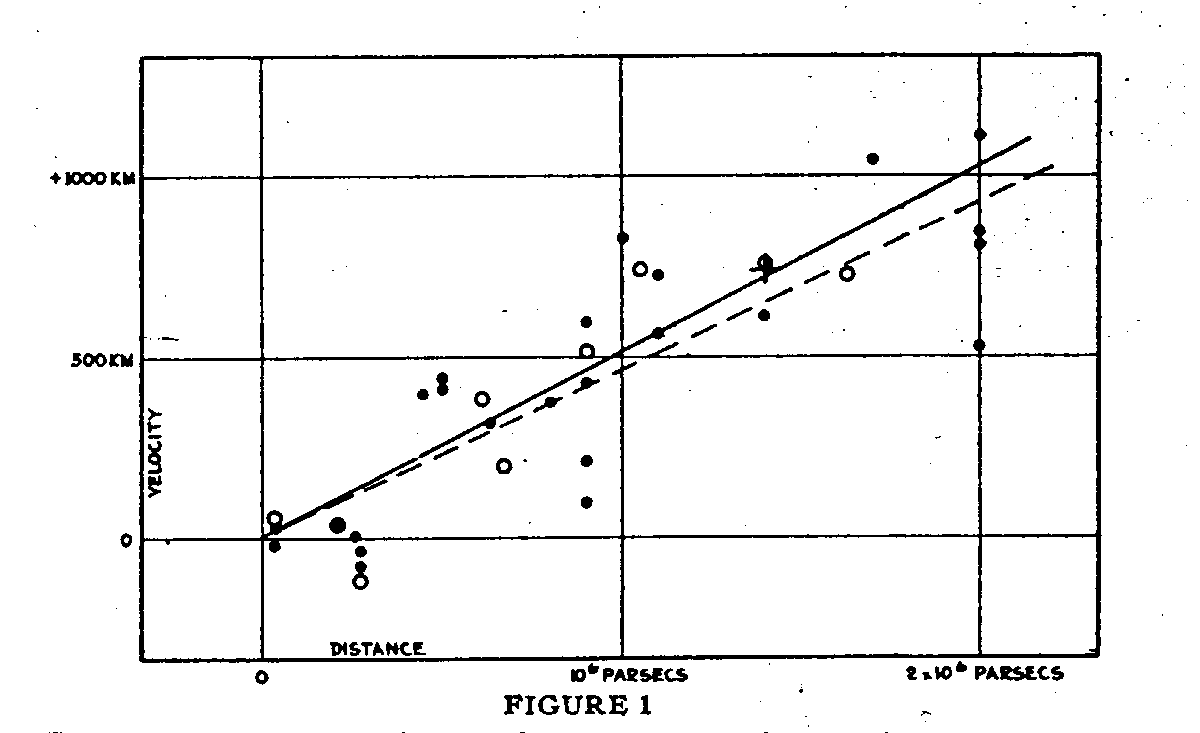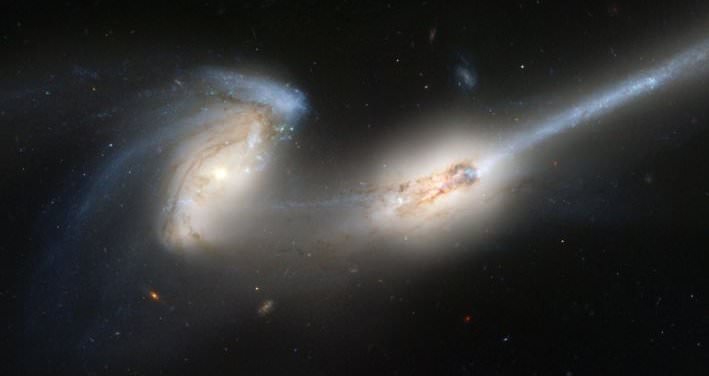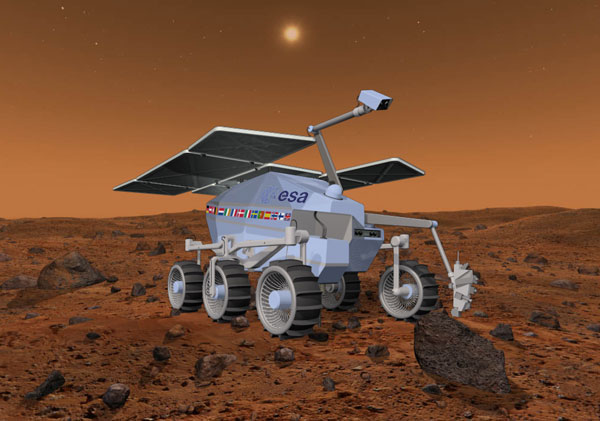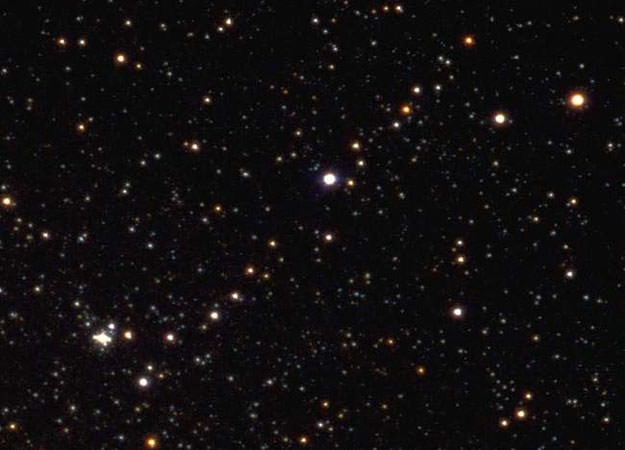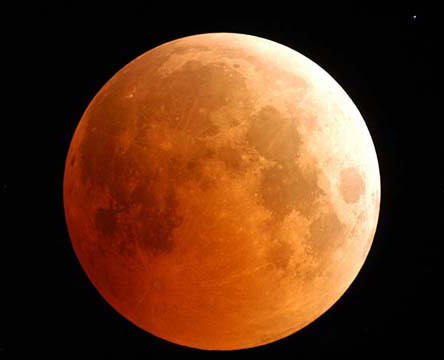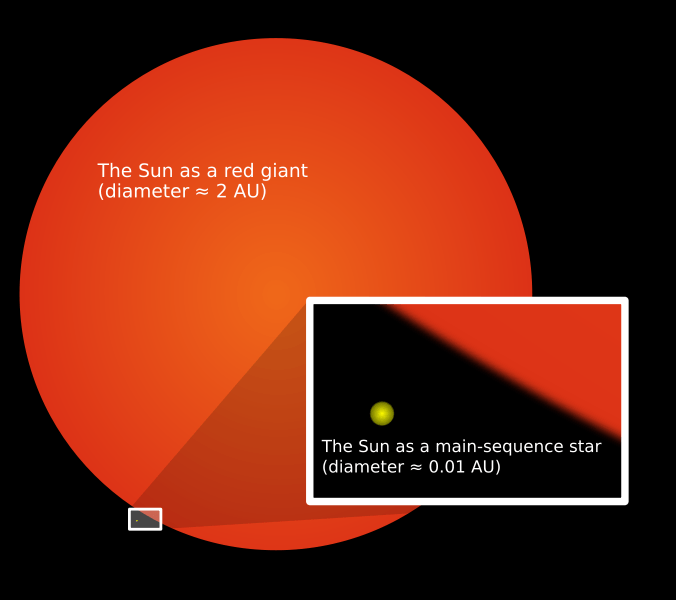[/caption]
A megaparsec is a million parsecs (mega- is a prefix meaning million; think of megabyte, or megapixel), and as there are about 3.3 light-years to a parsec, a megaparsec is rather a long way. The standard abbreviation is Mpc.
Why do astronomers need to have such a large unit? When discussing distances like the size of a galaxy cluster, or a supercluster, or a void, the megaparsec is handy … just as it’s handy to use the astronomical unit (au) for solar system distances (for single galaxies, 1,000 parsecs – a kiloparsec, kpc – is a more natural scale; for cosmological distances, a gigaparsec (Gpc) is sometimes used).
Reminder: a parsec (a parallax of one arc-second, or arcsec) is a natural distance unit (for astronomers at least) because the astronomical unit (the length of the semi-major axis of the Earth’s orbit around the Sun, sorta) and arcsec are everyday units (again, for astronomers at least). Fun fact: even though the first stellar parallax distance was published in 1838, it wasn’t until 1913 that the word ‘parsec’ appeared in print!
As a parsec is approximately 3.09 x 1016 meters, a megaparsec is about 3.09 x 1022 meters.
You’ll most likely come across megaparsec first, and most often, in regard to the Hubble constant, which is the value of the slope of the straight line in a graph of the Hubble relationship (or Hubble’s Law) – redshift vs distance. As redshift is in units of kilometers per second (km/s), and as distance is in units of megaparsecs (for the sorts of distances used in the Hubble relationship), the Hubble constant is nearly always stated in units of km/s/Mpc (e.g. 72 +/- 8 km/s/Mpc, or 72 +/- 8 km s-1 Mpc-1 – that’s its estimated value from the Hubble Key Project).
John Huchra’s page on the Hubble constant is great for seeing megaparsecs in action.
Given the ubiquity of megaparsecs in extragalactic astronomy, hardly any Universe Today article on this topic is without its mention! Some examples: Chandra Confirms the Hubble Constant, Radio Astronomy Will Get a Boost With the Square Kilometer Array, and Astronomers Find New Way to Measure Cosmic Distances.
Questions Show #7, an Astronomy Cast episode, has megaparsecs in action, as does this other Questions Show.

